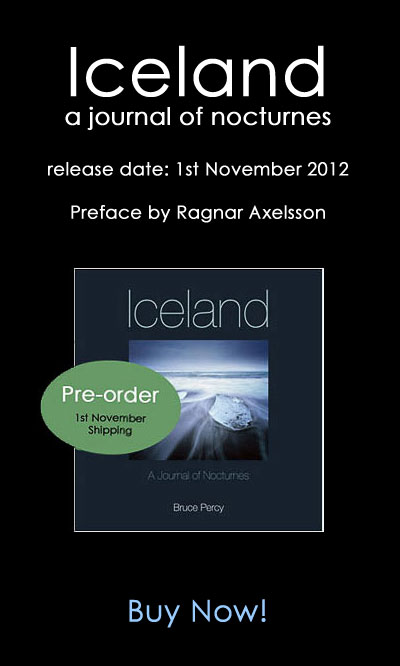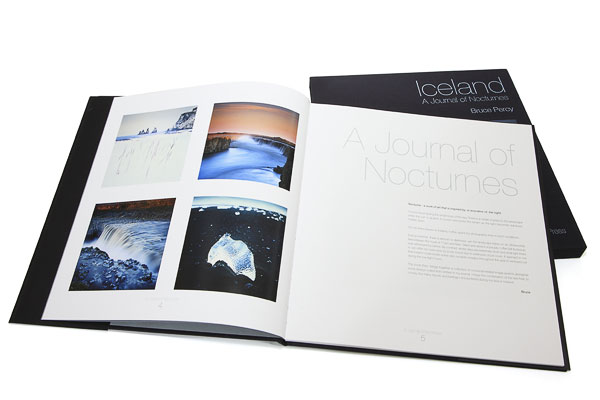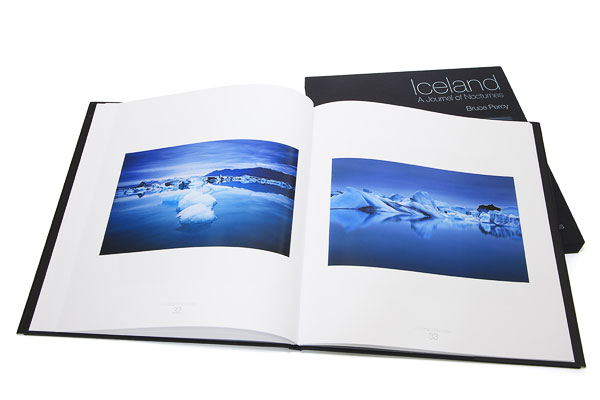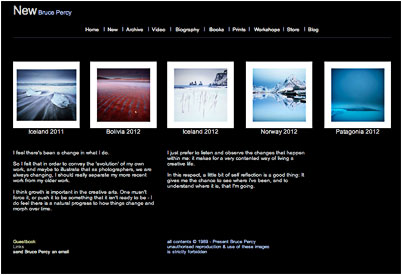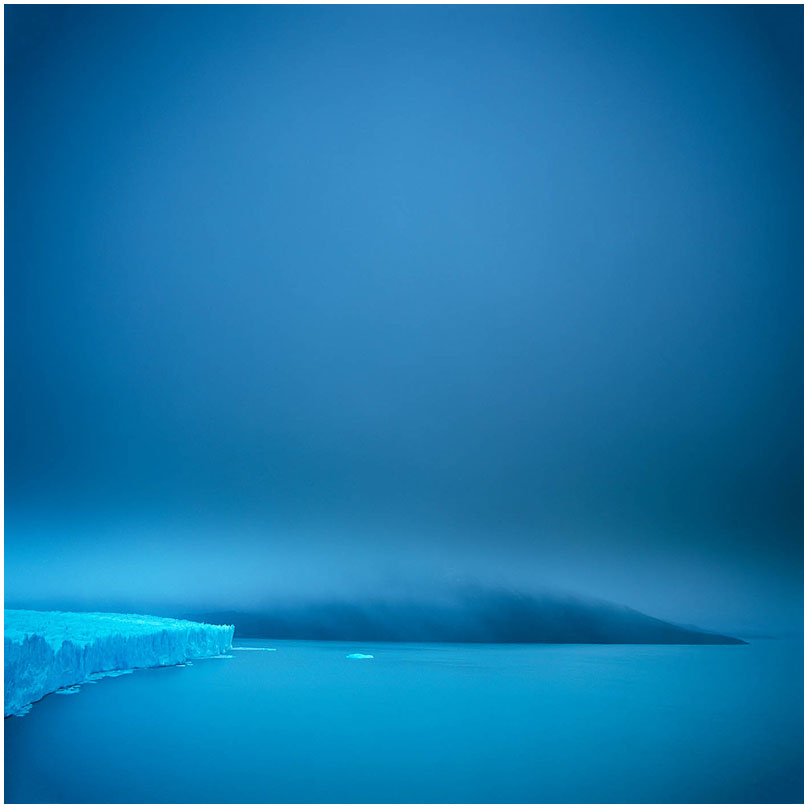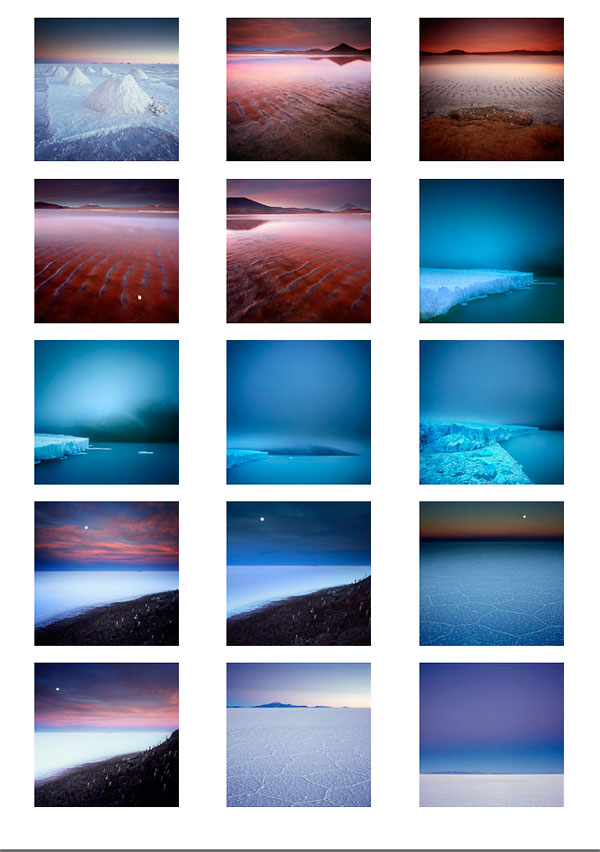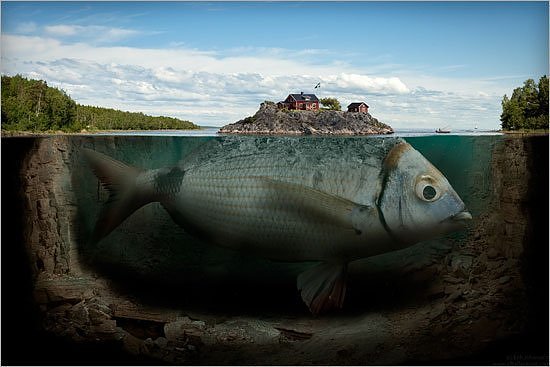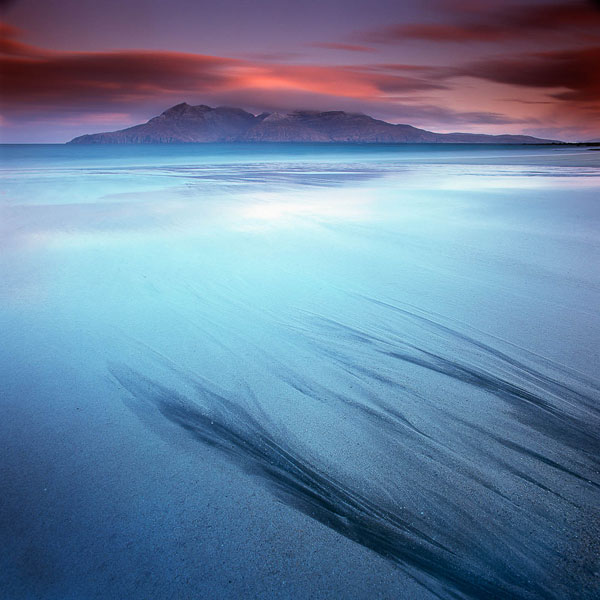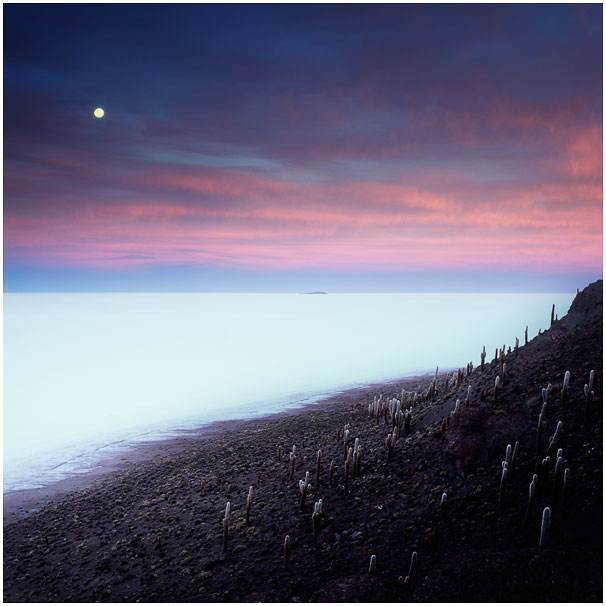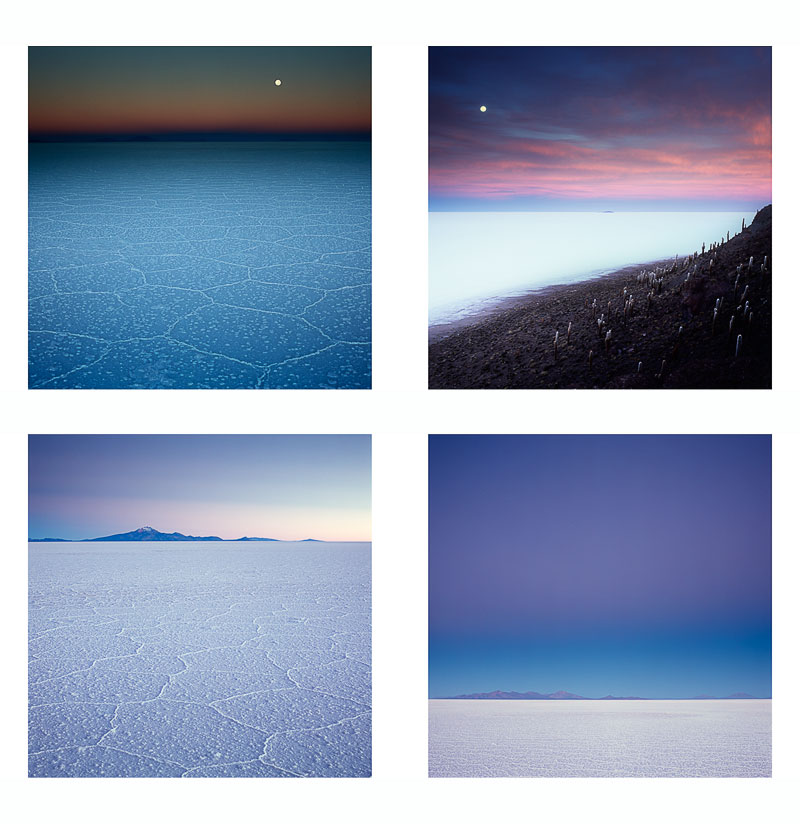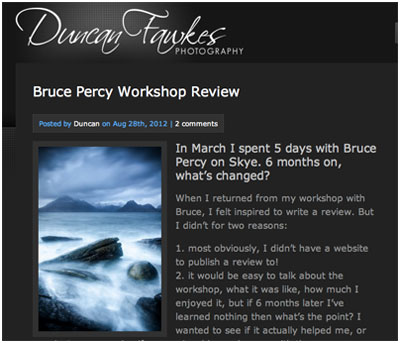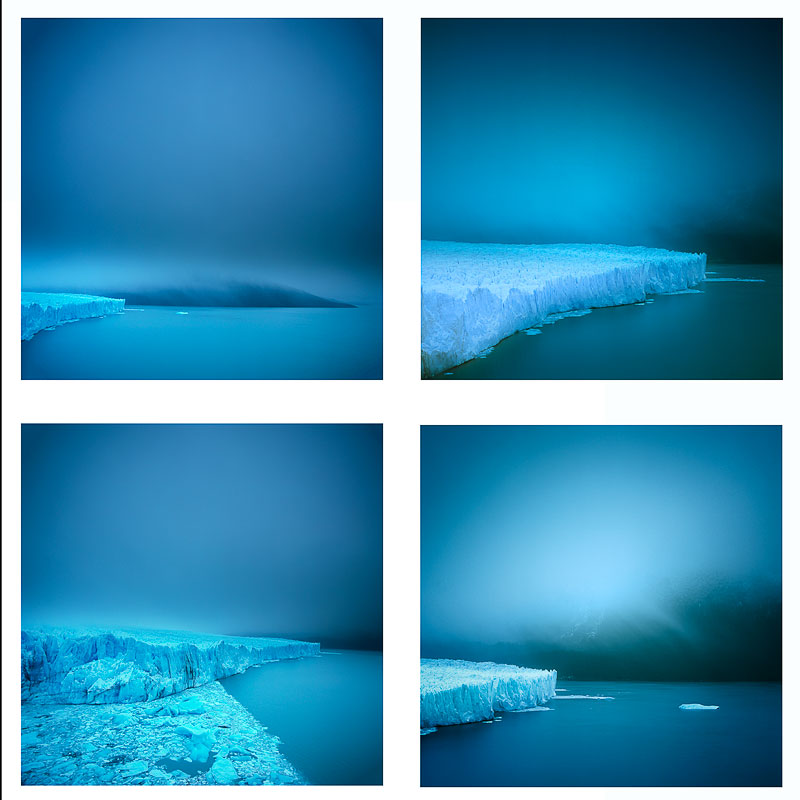This posting has two purposes - to let you know that we are now taking advanced orders of my 2nd book, but also, if you keep on reading, to let you know there will be a book launch held in Edinburgh on the 1st of November! So please keep on reading :-) I'm pleased to announce that we are now taking advanced orders for my 2nd book:
If you wish to secure a limited edition version of the book - there are three versions that come with a print.
We're also offering free postage (for a limited time) on the first book.
If you'd like to see some previews of the book, please go here.
For buying, please go to the halflightpress.com website's store to view the book options (there are quite a few and one of them in particular is very limited!).
The above image shows the book with the cloth slipcase. I've had 300 copies of the book printed with the slipcase, and a few of these editions are tied up with the limited edition print run, so we only have 135 slipcase editions to sell on their own without prints.
Above you can see my intro page to the entire book. The book has a very strong theme about shooting during the nocturnal hours, and is less a tutorial and more a monograph with beautifully printed plates as you can see on this image below:
The book has been an evolutionary project. I first thought I'd completed the layout and content for the book in January of this year. But I think most creative things have their own lifespan, and a knack of growing into something else over time. That was certainly the case with this book.
I remember getting a very touching email from Ragnar Axelsson. He's quite a bit of a special soul I feel, and the content of his email became the introduction to the book. He set the tone and I found myself re-writing and drafting new texts which were more in line with his train of thought. The book took on more dreamlike quality, being filled with reflective essays on my experiences of photographing in Iceland. It's a very absorbing landscape to spend time in.
There will be a book launch on the 1st of November here in Edinburgh. I do hope you can make it. We will have wine and some snacks for everyone, and there will be a small half hour slide presentation by myself about the making of some of the images with stories behind them.

